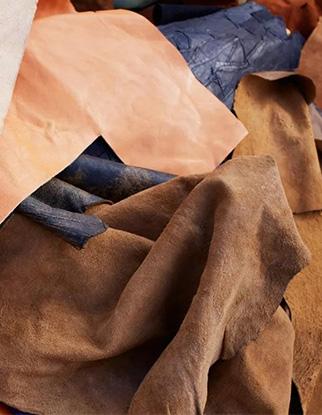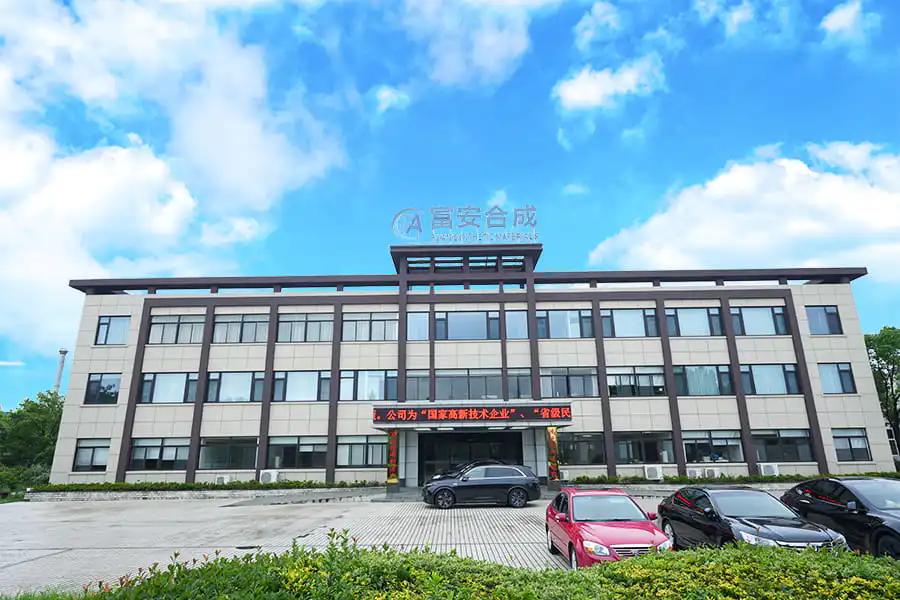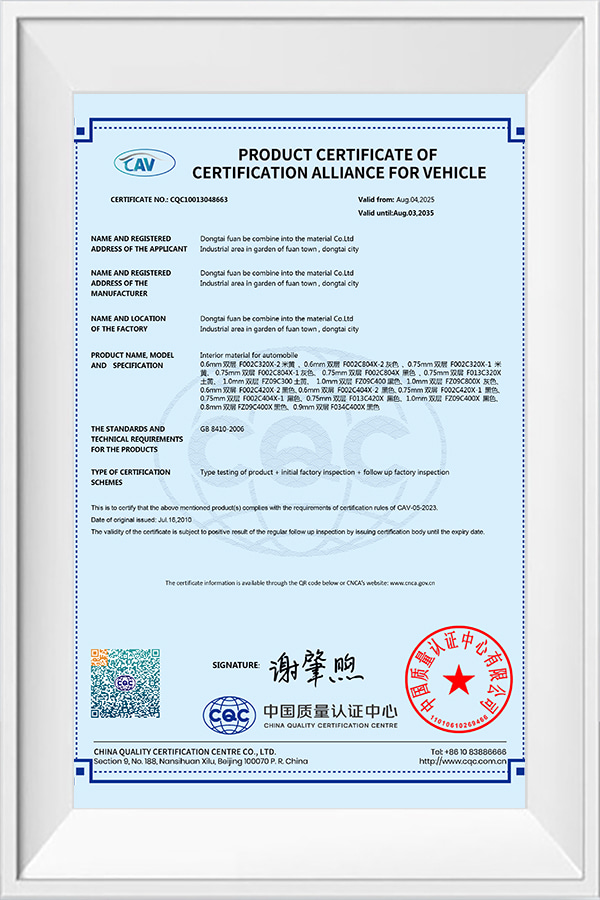High wear-resistant PVC car interior leather is a high-performance fabric designed for car interiors, suitable for a variety of interior decoration materials such as car seats, door interiors, armrest...
See Details
Inquiry Now 












Automotive interior materials, particularly synthetic leather, face rigorous testing in diverse climates around the world. From the scorching deserts of the Middle East to the bitter cold of Siberia, automotive synthetic leather must maintain its mechanical properties, aesthetic appearance, and ride comfort in extreme ...
View MoreAs a key material for passenger compartment interiors, the safety performance of automotive synthetic leather is paramount. Among its many performance indicators, flame retardancy is a key focus for global automakers (OEMs) and regulators. Automotive interior materials must meet a series of stringent automotive flame r...
View MoreTechnological innovation in automotive interior materials continues unabated, with automotive synthetic leather playing a central role. The performance, durability, tactile feel, and environmental friendliness of this material are all determined by its core component: the polymer substrate. Within the professional auto...
View MoreAutomotive synthetic leather, also known as artificial leather or ecological synthetic leather, is an engineered material designed to replicate the appearance, texture, and performance of natural leather. Unlike animal-derived leather, synthetic leather is produced through advanced polymer technologies and light plastic manufacturing processes. Dongtai Fuan Synthetic Materials Co., Ltd., established in 2007, is a leading enterprise in this field, with a strong R&D team and an annual production capacity of 20 million square meters. Their products are widely applied in automotive upholstery, garments, decorative applications, luggage, and transportation interiors such as high-speed rail and aircraft seating. The durability of synthetic leather is a key factor that determines its competitiveness in comparison to natural leather for automotive use.
Natural leather is composed of collagen fibers that are interwoven in a three-dimensional structure, providing natural breathability, softness, and strength. In contrast, automotive synthetic leather consists of polymer-based layers, typically a polyurethane or polyvinyl chloride coating on a fabric substrate. This construction allows manufacturers to control thickness, density, and surface finishing, resulting in consistent durability characteristics. Dongtai Fuan’s ecological synthetic leather has been recognized as a high-tech product in Jiangsu Province and designed to deliver consistent quality, stability, and safety standards required in modern automotive interiors.
One of the main durability characteristics in automotive leather applications is wear resistance, as seats and interior panels are subjected to daily use. Natural leather can develop cracks, fading, and surface wear over time, especially if not properly maintained. Synthetic leather, on the other hand, is engineered to resist abrasion and maintain surface integrity under repeated friction. Dongtai Fuan Synthetic Materials Co., Ltd. produces varieties of ecological synthetic leather that are designed to maintain their finish even after long-term usage, making them suitable for vehicles that demand long-lasting interior materials.
Automotive interiors are constantly exposed to environmental challenges such as UV radiation, fluctuating temperatures, and humidity. Natural leather can be sensitive to direct sunlight and extreme temperatures, often leading to fading, stiffness, or cracking. Synthetic leather demonstrates enhanced resistance to these conditions due to its engineered coating. Dongtai Fuan’s environmental decorative leather products are specifically designed to withstand these stresses, making them reliable for use in cars, high-speed rail, and aircraft interiors where temperature and light exposure can be significant.
Durability also involves the ability to withstand repeated cleaning and maintenance without damage. Natural leather requires specialized cleaning agents and conditioners to preserve its natural fibers, while synthetic leather can be cleaned using general-purpose cleaning solutions. This makes synthetic leather more durable in terms of maintaining its original appearance with less intensive care. For automotive applications where spills, dirt, and frequent cleaning are expected, synthetic leather offers an advantage in maintaining a consistent look and performance.
Natural leather, being an organic material, can be susceptible to mold, mildew, and bacterial growth if exposed to moisture for extended periods. Synthetic leather is inherently resistant to biological degradation due to its polymeric composition. Dongtai Fuan’s products integrate safety and environmental considerations, ensuring that the material is less prone to issues related to hygiene, making them suitable for both automotive and healthcare-related textile applications.
The expected lifespan of materials in automotive interiors is a critical factor for durability assessment. Natural leather has traditionally been valued for its long life when well-maintained, but it is prone to uneven wear and tear across different sections of a vehicle interior. Synthetic leather, however, is designed to provide uniform durability across all components, whether used on seats, door panels, or steering wheels. This consistency contributes to its increasing adoption in vehicles that demand reliable long-term performance.
The following table provides a comparison of durability-related characteristics between automotive synthetic leather and natural leather:
| Durability Aspect | Automotive Synthetic Leather | Natural Leather |
|---|---|---|
| Wear Resistance | High resistance to abrasion and scratches | Can wear and crack over time |
| UV Resistance | Enhanced resistance to fading under sunlight | Prone to fading and discoloration |
| Temperature Resistance | Maintains integrity across wide temperature ranges | Can stiffen or crack in extreme heat or cold |
| Maintenance | Easy to clean with common solutions | Requires specialized cleaners and conditioners |
| Biological Resistance | Resistant to mold and mildew | Susceptible to mold and bacterial growth |
| Lifespan Consistency | Uniform performance across applications | Variable depending on care and exposure |
The automotive industry demands materials that can perform under heavy usage and varied conditions. Synthetic leather from Dongtai Fuan is designed for high-end automotive interiors, combining durability with sustainability. Their products are also applied in garments, luggage, and sports goods, but automotive interiors remain a primary focus due to stringent durability requirements. Natural leather continues to hold a premium market share, but its sensitivity to environmental and maintenance factors often limits its durability performance compared to synthetic alternatives.
Durability in automotive synthetic leather is closely linked to manufacturing quality and regulatory compliance. Dongtai Fuan Synthetic Materials Co., Ltd. has achieved 3C certification, ISO/TS16949, and intellectual property management system certifications. These certifications ensure that the durability characteristics of their products meet international automotive standards. Their recognition as a four-star cloud enterprise in Jiangsu Province highlights their modern management systems, contributing to consistent product quality and safety. This framework ensures that their synthetic leather remains durable and reliable for demanding applications.
In addition to performance durability, synthetic leather also incorporates environmental durability by reducing reliance on animal-derived materials. Ecological synthetic leather from Dongtai Fuan is designed not only to last longer in physical use but also to align with global sustainability goals. This dual focus on durability and environmental responsibility further differentiates synthetic leather from natural leather in automotive applications where both longevity and ecological considerations are increasingly important.
The following table expands the durability comparison by incorporating additional factors relevant to the automotive industry:
| Durability Factor | Automotive Synthetic Leather | Natural Leather |
|---|---|---|
| Surface Consistency | Uniform texture and appearance | Natural variations and imperfections |
| Resistance to Stains | Resistant to common automotive stains | Absorbs liquids and stains more easily |
| Resistance to Chemicals | Tolerant to mild cleaning agents | Sensitive to chemical cleaners |
| Flexibility Over Time | Retains flexibility with minimal care | Can stiffen without regular conditioning |
| Cost Durability Ratio | Durability maintained at lower material cost | Durability often comes with higher costs |